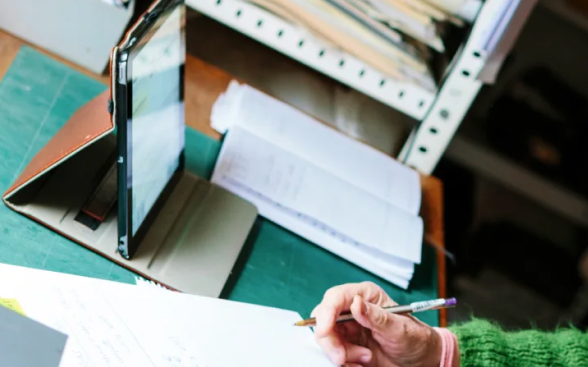Menu
* A Grant DOI (digital object identifier) is a unique, open, global, persistent and machine-actionable identifier for a grant.
Hundreds of studies have shown that people often fail to see directly in front of them, especially when they are distracted. Intuitively, however, our experience of the world seems vivid, rich, and detailed. How do we experience so much detail but often fail to notice things that are important? This difference between scientific observations and intuition represents a major gap in our understanding of human consciousness and is the subject of broader questions about our higher-level capacities and the extent we should be humble about our own view of reality.
Although numerous studies have examined the limits of visual consciousness, virtually all of these studies are united by two conspicuous limitations. First, they rely on observers passively looking at unnatural stimuli (like a simple dot) on a computer display that only uses a small portion of the visual field. These conditions limit the rich repertoire of mechanisms in the eye and brain that are used in real-world scenes. Second, these experiments tend to use new stimuli that people have not come across before. This is a critical factor in reconciling scientific observation with intuition because most intuitions about the limits of perception are formed by considering a natural scene with which we have significant prior experience (e.g., our own office, home, etc.).
The aim of this project, from a team led by Michael Cohen at Amherst College and Caroline Robertson at Dartmouth College, is to first use virtual reality to measure the limits of visual consciousness and to then understand why observers believe they see so much more than the available data suggests. The team will immerse observers in virtual environments where they can freely explore their surroundings. While in these virtual environments, the team will measure how much of the virtual world can be changed (i.e., scrambled, inverted, etc.) before observers notice what is happening. This will provide information to quantify how much observers notice of the world around them in active, real-world settings. Once this data has been collected, the project will compare the limits of visual awareness in scenes with which observers are and are not personally familiar (i.e., the quads from an observer’s college vs. an unfamiliar college). By comparing perception across these conditions, the project will generate data that is projected to demonstrate the degree to which prior knowledge influences visual perception. If successful, this study will help us to better understand why we often fail to become conscious of things that are seemingly obvious, and thereby spark new questions about expanding consciousness.
